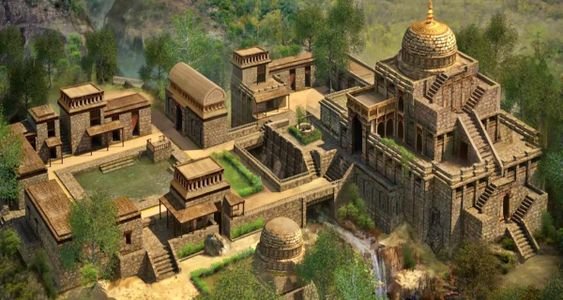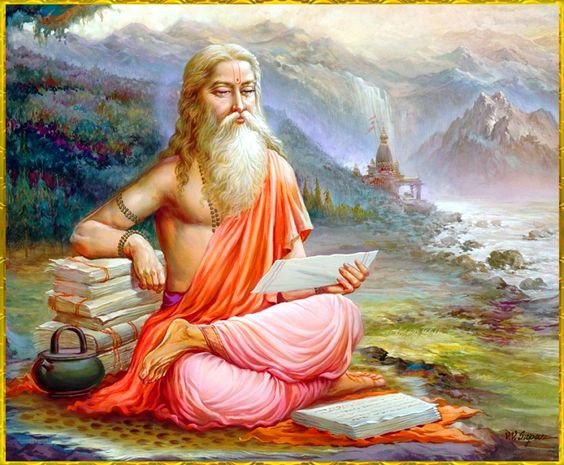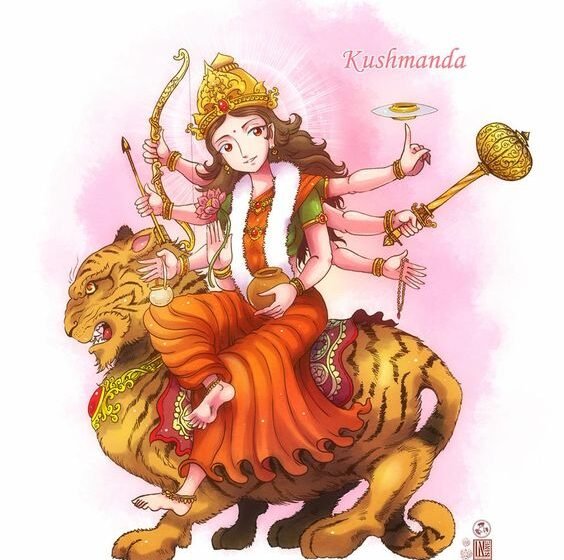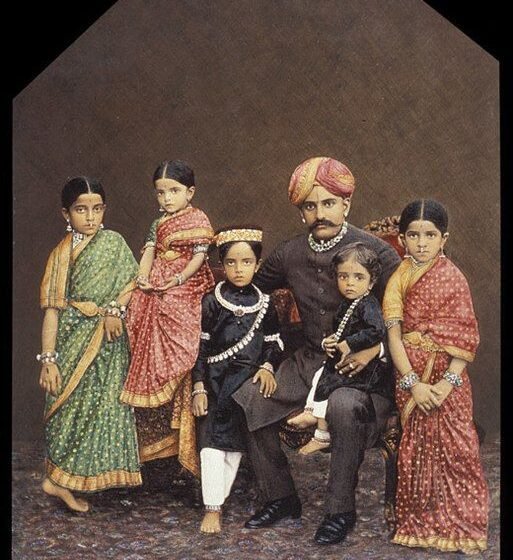The cultural name of Taxila is 'City of Cut Stones'. If we talk about the time of Ramayana, then this city was founded in the name of Taksha, the son of Bharata, the son of King Dasharatha. Taxila was famous for its university, here especially subjects like science, medicine, art, religion, astrology, archery, etc were taught.Read More
Tags : travel
Acharya Sushruta is known as the father of surgery and the father of brain surgery, he is one of the ancient doctors of India. Acharya Sushruta's book 'Sushruta Samhita' is one of the oldest texts in the world of plastic surgery. It is considered the oldest treatise in the field of medicine and is considered the fundamental text of Ayurveda.Read More
Maharishi Kanad is known as Kashyap, Kashbhuj, Uluka, etc. His name translates to 'atomic eater', he was an ancient Indian scientist and philosopher, who founded the Veseshik school. Little is known about his life, he is known to have developed the foundation of the nuclear approach. Though there's a lot of debate about his birth, it is said that Kanad was born around the 2nd century. Read More
Panini is believed to be born between about 4 to 6 centuries, he was a Sanskritist and grammarian scholar of ancient India. He is known as the father of linguistics and was influential on the grammar of Padini even above Ferdinand de Saussure and Leonard Bloomfield.Read More
Maa Siddhidatri is pictured wearing red clothes, sitting on a lotus or a lion. She holds a Chakra in one, a Gada and a lotus in another, and a Shankh in the fourth hand. Maa Siddhidatri is believed to be another form of Goddess Lakshmi. She possesses the Ashta Siddhi. She rules people's minds and guides them towards a better and more spiritual life. And not just humans worship Maa Siddhidatri, but all the Devas, the Gandharvas, the Asuras, and the Siddhas bestow in front of her. Read More
Bollywood has extended a deep influence on prevalent Indian fashion. When an Actor or Actress wore any Outfit festooned in a hit movie directly becomes a prime Clothing trend for tailors to reproduce. When We talk about Bollywood Trends all we know is the Beginning of Bollywood, the Golden Ages, and The Classic Era. Read More
The scriptures tell us that, when the world was created by Lord Brahma, it seemed dark and quiet, but then Kushmanda Maa smiled like a lotus flower, the darkness faded and the stars were born, the planets were formed. It is believed that she gave life to the universe, which was once nothing. She created three life forms- Goddess Mahakali, Maa Maha Lakshmi, and Maa Saraswati. These three forms were the first three lives in the universe. Read More
Maa Chandraghanta is the goddess of bravery and courage. She is known to destroy all the evils and wicked beings but at the same time, she is a compassionate mother to her devotees. She takes all the physical and mental sufferings and blesses people with bravery, love, serenity, and success.Read More
In terms of Customs and culture Gaekwads were known to be very traditional. They have a love for everything iconic and outstanding, right from the embellished rides like elephants and horses to the finely decorated carriages. Read More
During the royal period, the traditional outfit was well-thought-out as the durbar dress, which was expected to be worn by every person who went to Durbar, and whomsoever had scheduled with the king. The outfit also signified Status, prestige, and hierarchy to the different sections or classes of society. Read More









